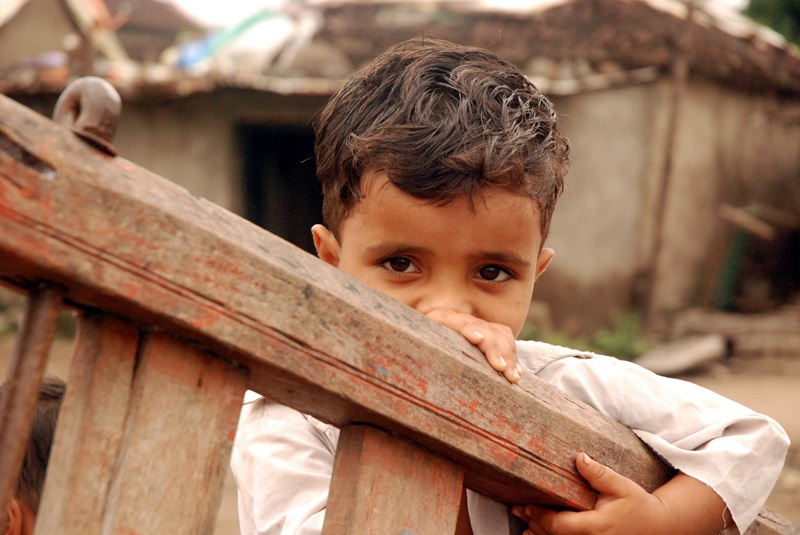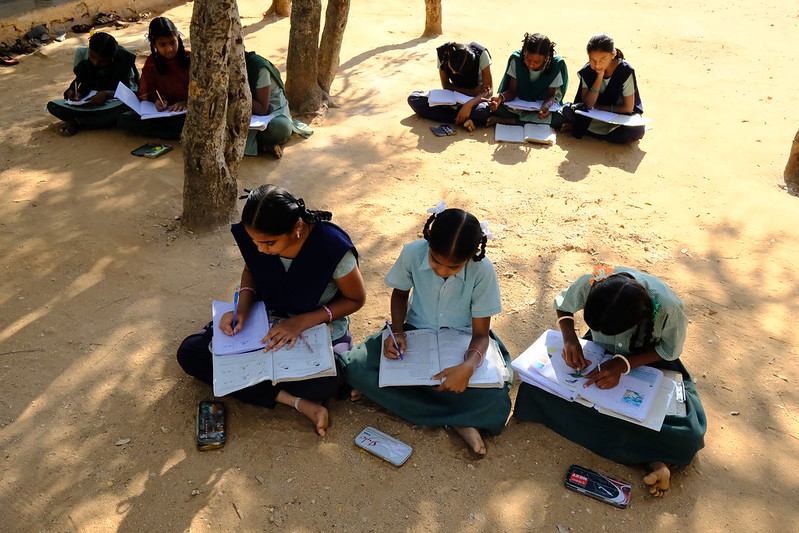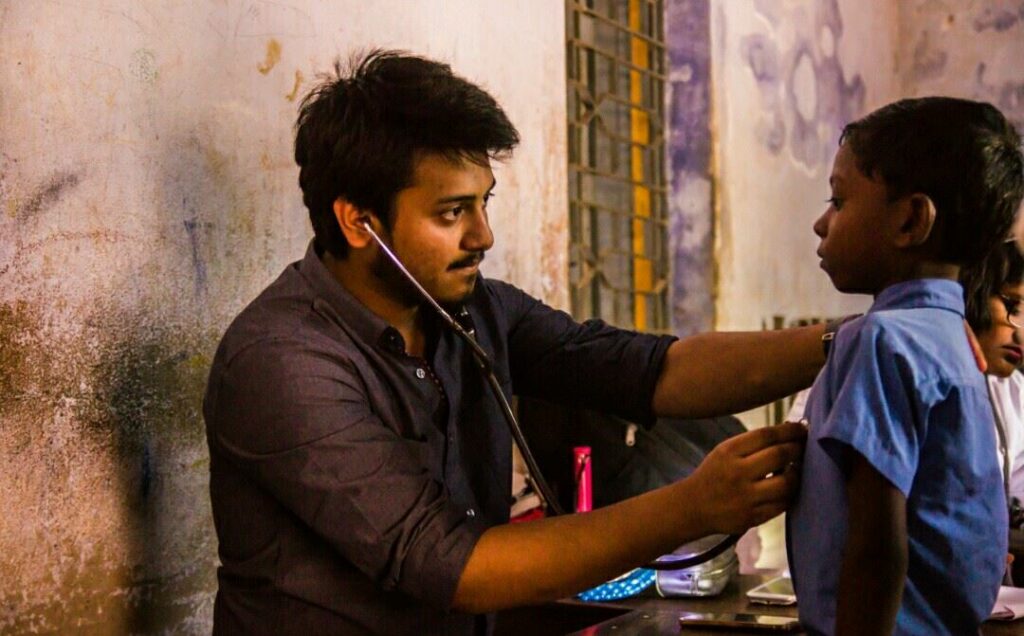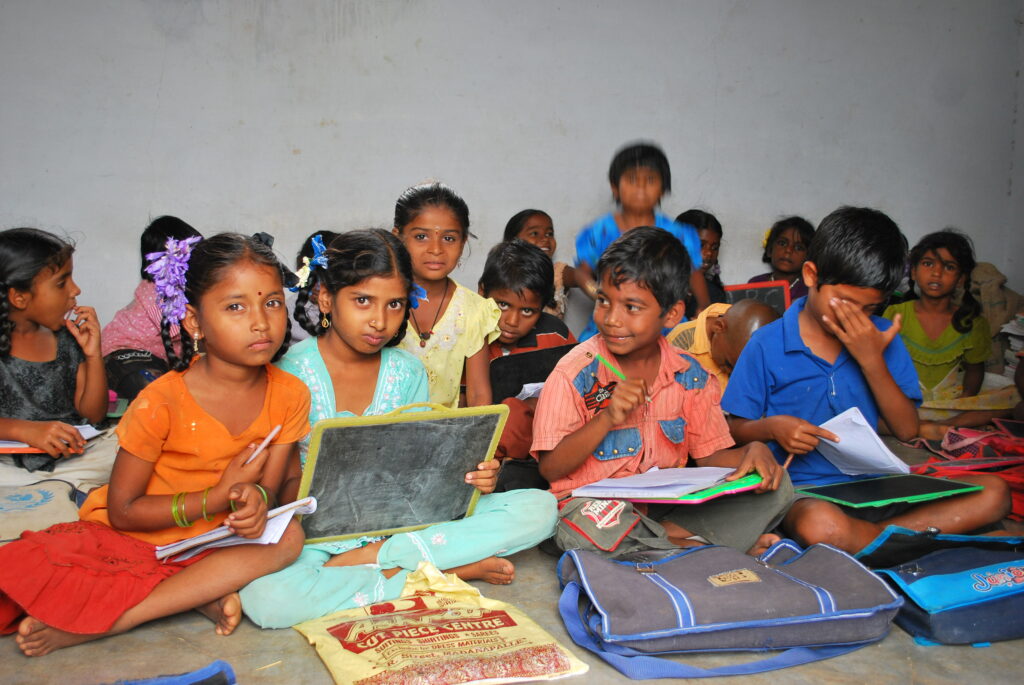
8 Ways You Can Help To Fight Against Child Trafficking
Child trafficking is a horrific crime that steals the innocence and future of millions of children worldwide. It takes them from their families and c....
Read More
Gender inequality has been a crucial social issue in India for centuries. Census 2011 shows the child sex ratio among children of 0-6 years to be 918 girls for every 1000 boys in India. This statistic speaks for itself and demands urgent and efficient solutions to address the cause of gender inequalities.
The discrimination starts even before the girl child is born. In many instances, she is prevented from being born. The girl child is considered a burden. She is often deprived of the basic rights and equal opportunities to lead a wholesome childhood and adult life. According to the 2011 Census, of the total child population in India, girls account for 48%, many of whom are engaged in child labor, child trafficking and child marriage.
The future of innumerable girls looks grim, as shown by the following statistics:
Undoubtedly, gender discrimination in the society is a grave concern, and a host of personal, societal and cultural aspects are at the core of this development. Our Experts have found several causes of gender inequality in India and some of them are discussed here.
Poverty stands as one of the primary drivers of gender inequalities. According to the World Bank, approximately 70% of the world's impoverished population is female. Poverty restricts access to education, healthcare, and economic opportunities, thereby reinforcing a vicious cycle.
Child marriage is another alarming aspect of gender inequality, disproportionately affecting girls. UNICEF estimates that 12 million girls are married before the age of 18 every year. Such practices hinder their personal development and perpetuate gender disparity across generations.
Lack of education is one of the key causes of gender inequality that significantly exacerbates the problem. UNESCO reports that 132 million girls are out of school globally, with less access to learning opportunities than boys. Right to education is crucial in empowering girls to make informed choices, pursue careers, and challenge societal norms.

Poor medical health also plays a pivotal role in maintaining gender discrimination in the society. In regions with inadequate healthcare facilities, girls face higher maternal mortality rates, limited access to family planning, and health-related biases.

Lack of awareness and ingrained patriarchal norms further contribute to gender inequality. When societies perpetuate gender stereotypes and discrimination, it becomes challenging to break free from the shackles of inequality.
Patriarchal norms hold back many girls from striving for their dreams by receiving a quality education, medical facilities and overall awareness for their well-being.
To address gender inequality effectively, we must tackle these interconnected causes of gender inequality and work towards establishing sustainable change patterns that will successfully eradicate this vicious cycle of gender inequality.
Raising awareness about child rights and gender biases is the stepping stone to challenge societal norms. Providing equal opportunities in education, employment, and leadership roles has the ultimate potential to empower underprivileged and socially-suppressed girl children to thrive in all aspects of their lives. Promoting girl education is vital for breaking the cycle of gender disparity. Additionally, stringent child protection measures must be enforced to combat discrimination and violence against girls.
We, at CRY, have been working towards bridging the gap and ensuring that young girls across India receive essential resources that help improve their mental, physical, and emotional development. Discrimination issues in India are deep-rooted and practiced for generations, and that is why it requires long-term intervention, which we have been providing to underserved communities across India.
CRY aims to create a world where the girl child is celebrated and has access to equal opportunities to study, grow, and prosper as her male counterpart.
CRY’s efforts to bring about a change in this situation include:
Be it education, health, protection, or participation, all girls deserve equal opportunities and an empowering environment to thrive. You can help CRY reach out to more girls and help make a difference in their lives to ensure they lead happier and healthier childhoods. Donate now to help promote the rights of young girls and address gender inequality in India.
While there are various factors for gender inequality in India, poverty stands as one of the primary drivers. It restricts access to education, healthcare, and economic opportunities for girls and women, thereby reinforcing a vicious cycle of discrimination. Child marriage is another alarming aspect that disproportionately affects girls, hindering their personal development and perpetuating gender disparity across generations. Moreover, lack of education and poor medical health deprives girls of the knowledge and resources to challenge societal norms and make informed choices.
Addressing gender discrimination in india requires a multi-pronged approach targeting the root causes. Providing equal opportunities in education, employment, and leadership roles can empower underprivileged and socially-suppressed girls to thrive. Promoting girl's education is vital for breaking the cycle of gender disparity and empowering them to make informed choices. Additionally, stringent child protection measures must be enforced to combat discrimination, violence, and harmful practices against girls.
Non-governmental organisations (NGOs) such as CRY India play a pivotal role in reducing gender issues in India. We work to remove gender biases by educating people and raising awareness, holding the government responsible for enforcing fair policies and laws, and getting communities involved in stopping gender-based problems. Also, we aim to create a world where girls have equal opportunities to study, grow, and prosper, free from discrimination and inequality.